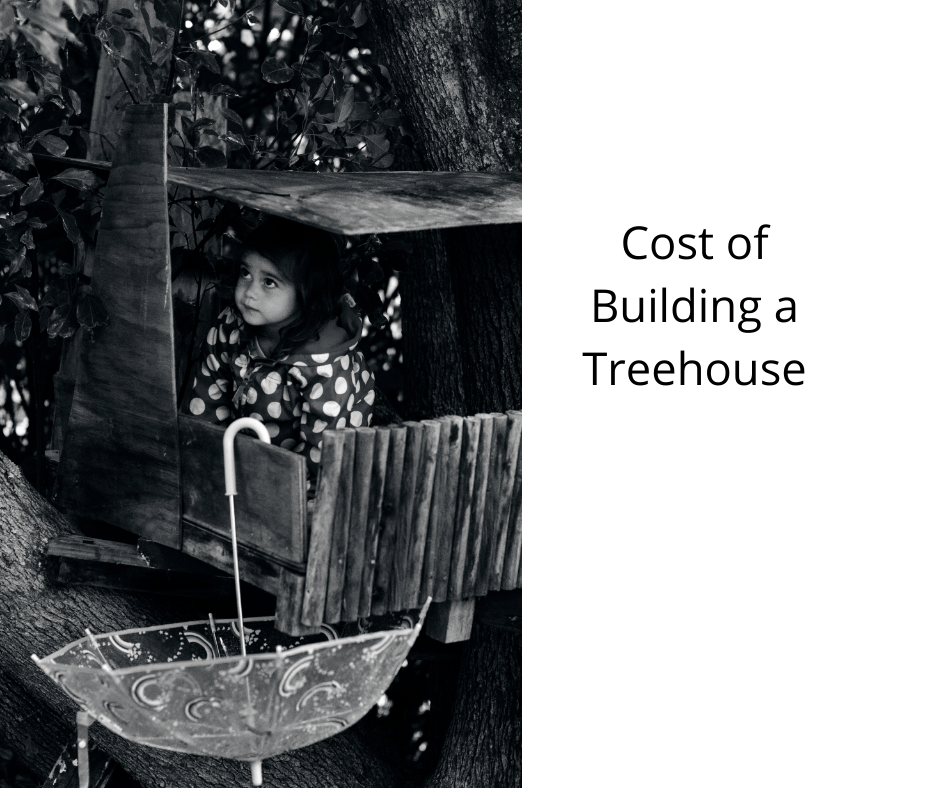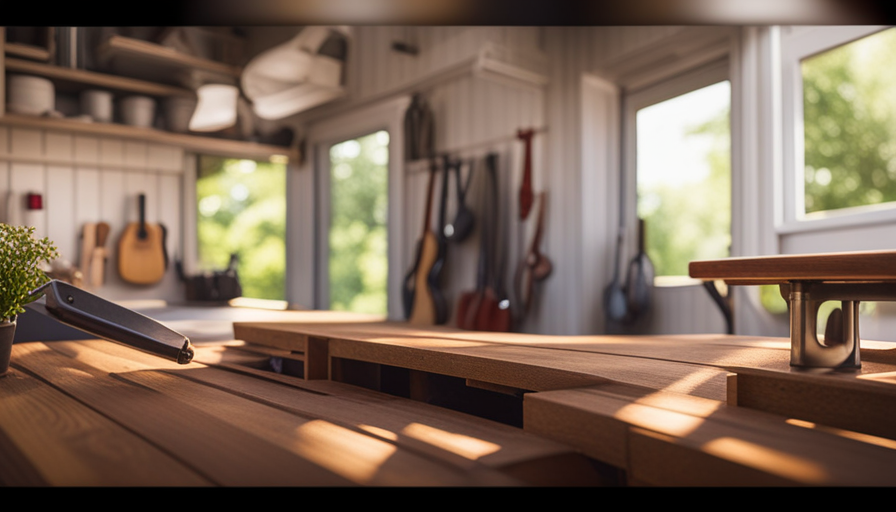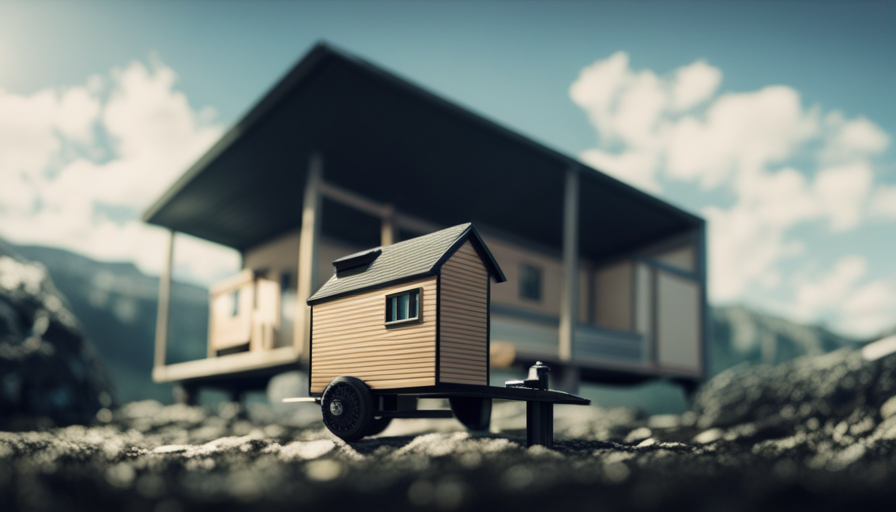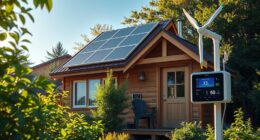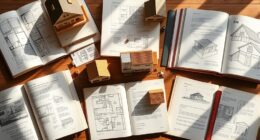Dodging the issue of driving lag bolts into trees is a common problem, but there are effective strategies to address this issue. To start, select a healthy tree to work with. Utilize Treehouse Attachment Bolts (TABs) to prevent any damage to the tree. TABs are a stronger and more durable option compared to regular bolts. Use a socket wrench to securely fasten the lag bolt, making sure that a portion of the bolt head is visible above the bracket, around two to three inches. Install decking panels, leaving about three inches of space between the tree’s surface and the panels. Finally, secure the decking by hammering ring-shank nails through each joist into the tree.
Avoiding Lag Bolts Into Trees
When you build a treehouse, you want to ensure you avoid hammering through the tree’s trunk. Although this is a common mistake, you can avoid causing much damage using the right methods. For instance, you should use TABs for sturdy support, instead of through bolts, to avoid damaging the tree’s branch. A big bolt is also preferable to several small screws since it will cause less damage and fewer puncture wounds to the tree. You should also consider placing your tree house on fasteners, rather than pinning it to the tree. This way, the tree has more room to grow.
Drilling holes into trees is not a dangerous process, but you have to use care to prevent any damage to the tree. Drilling a hole in the trunk of a tree will not kill it, but it will cause an unpleasant wound. The size of the lag bolt should be 1/4 inch less than the total width of the two pieces. A 5/16-inch lag bolt will usually be adequate, but you can use a 3/8-inch-diameter lag bolt if your project requires a larger joint.
TABs are more expensive than lag bolts. TABs require a special drill bit to create a hole in the tree, but they are a much better option for mounting large-sized supports in live trees. Treehouse supplies and Nelson Treehouse Supply sell TABs for this purpose. They are a popular choice for building tree houses in trees that are 12 inches in diameter. Using TABs will require drilling two holes in the tree, and it is advisable to drill both holes so the bolt is level.
Before installing lag bolts into trees, check the wood’s resistance to the screws. A five-sixteenth-inch lag bolt will hold about 212 pounds in closed-grain wood and two-hundred pounds in larch Douglas fir. A 5/16-inch lag bolt is even stronger and can be drilled up to twenty-one percent. Once installed correctly, a lag bolt will be a permanent fixture in a tree.
TABs Are Stronger than Conventional Lag Bolts
TABs are more secure in a tree than lag bolts because they require less penetration. They also have a larger collar diameter, which provides extra bending strength. In addition, the bolt is made of spring steel, which allows it to support a much higher load than a conventional lag bolt. Treehouse supplies stores often sell TABs. TABs are an ideal choice for large treehouses.
The threaded end of TABs fits into the tree. A high-strength shackle locks into this nut, and is attached to a steel cable. The upper connection creates a triangular system that includes the tree, cable, and shackle. A high-strength shackle also allows for increased growth in the tree.
TABs are also more flexible than conventional lag bolts into trees. They can be inserted into the tree at different locations, and can be extended to accommodate the tree’s growth. Some companies sell XL systems that are even longer, which is great for growing trees. Compression fittings are another alternative. These fasteners hold the element in place and don’t require a drill.
TABs are easier to install than lag bolts. The Standard Limb TAB is made of carbon steel and will allow the tree to grow around it. It will support between 8,000 and 10,000 pounds. The TABs also feature a hex nut for tighter control. If you want to use TABs to anchor a treehouse, you need to find a spot on the tree that will be in a plane with the bolts.
TABs are more secure than nails. These bolts are extra-large, with a coarsely threaded core and a wide flange. This helps spread the load across the surface of the tree. Unlike nails, TABs don’t have a sharp edge and can damage the tree. They can be more secure, so the TABs can withstand much higher weight.
Treehouses are heavy. A fully-finished treehouse weighs tens of thousands of pounds. It’s important to attach the structure securely and safely. The TABs can support up to 8,000 or 10,000 pounds of force. This weight limit is dependent on the tree’s resistance and strength of the tree. The bolts will eventually come off if the tree is not stable enough.
Choosing a Healthy Tree
When installing lag bolts, choosing a healthy tree is extremely important. While hammering or drilling into a tree may not hurt it, they do leave a wound that will eventually kill the tree. A healthy tree is capable of compartmentalizing around a wound, but an injured one cannot. In such a case, it is essential to choose a tree with a thick trunk and healthy branches.
A healthy tree should have healthy bark and a sturdy trunk. The tree’s roots are also important for the structural integrity of a tree house. The main support should be a 2×10 or 2-x12 wood board drilled 6″ or 8″ deep, flush against the tree’s trunk. It is best to use five-eighths-inch galvanized lag bolts and to put washers between the wood board and the screw. For longer trees, use a 2×12 or 2-x-12 wood board with a lag bolt of 5/8″ diameter. Then, attach a couple of bolts, each about 6″ or 8″ long, flush with the trunk.
It is best to use large bolts instead of many nails and screws when installing lag bolts. Large bolts will provide the same strength but will leave fewer puncture wounds in the tree. It is also better to perch a tree house on fasteners rather than pinning the beams to the trunk, allowing the tree room to grow. Smaller tree houses can use lag bolts that are 1 inch dia.
When installing lag bolts, it is best to choose a healthy tree. If you choose a weak or young tree, you run the risk of leaving a hole in the tree, which will stress the tree and reduce its strength in the long run. In addition, holes will also create entry points for pests. When you choose a healthy tree, you will be more confident that the tree will last for years without any serious damage.
Installing a TAB
Keep a few things in mind when installing a TAB lag bolt into a tree. Trees are constantly growing, so you may want to ensure that your TAB is large enough to accommodate future growth. A TAB is made of two pieces of steel, the coarsely threaded end, and the thicker, 3-inch-diameter boss. The boss is the main part of the TAB, and provides the majority of the strength. The arm extends from the boss and acts as a limb for supporting structural elements. The short threaded section is used to accommodate the K-nut.
When installing a TAB, you should first determine the exact spot in the tree where the bolt will be installed. You can find this information on the manufacturer’s website. The number on the TAB will also give you the perch and collar lengths. In addition, you should be sure that the two pieces of hardware are on the same plane. If you’re going to drill through more than one tree, string between them will help you drill the bolts into the correct spot.
When installing a TAB into a tree, be sure to measure the depth of the hole before drilling. The depth will depend on the size of the TAB collar. If you’re installing a one-inch collar, you’ll need an inch-diameter hole, and if the TAB is three inches in diameter, you’ll need a three-inch hole. Ensure that the collar is inserted into the hole before screwing it into the tree.
A TAB lag bolt can be a simple way to secure a treehouse to a beam or tree. You’ll want to use a 1.25-inch TAB and a TAB lag bolt of the same size. Make sure you choose the right size because your tree may grow faster or slower than the bracket. You’ll also want to measure the width of the beam or tree before installing the bracket.
A TAB lag bolt will give you a more stable base than a traditional tree bolt. It is made from carbon steel and will support 8,000 to ten thousand pounds. The boss on a TAB is about six inches long, and you’ll need to use a hex nut to secure it. A TAB is an essential part of treehouse construction. Without it, you’ll have a hard time completing your project.
I’m Theodore, and I love tiny houses. In fact, I’m the author of Tiny House 43, a book about tiny houses that are also tree houses. I think they’re magical places where imaginations can run wild and adventures are just waiting to happen.
While tree houses are often associated with childhood, they can be the perfect adult retreat. They offer a cozy space to relax and unwind, surrounded by nature. And since they’re typically built on stilts or raised platforms, they offer stunning views that traditional homes simply can’t match.
If you’re looking for a unique and romantic getaway, a tree house tiny house might just be the perfect option.



